The Big Read – Pickups & SUVs (2/5) – Foday, the copycat that became part of Xpeng
Have you ever wondered why so many Chinese pickups used to look the same? Well, blame our protagonist of today, Foday. The Guangdong factory copied a popular pickup body and sold it to everyone. It saved Foday from bankruptcy, elevated Great Wall Motors to an important position in the industry and gave many small factories a lifeline. In other words, how some shady practices lead to something wonderful.
This is the second part in the Pickups and SUVs series and today we look at one of the pivotal companies in the development of the Chinese pickup scene. Although the brand name Foday (Fudi in Chinese, by the way) may not ring a bell, this company supplied bodies to most truck and SUV manufacturers, whose brand name you might well recognize. Around the turn of the century the pickup market was less than 100.000 vehicles per year. When Foday entered the arena, their annual production of pickup bodies rose from 10.000 in 2001 to tenfold that number two years later. They singlehandedly doubled the size of the segment in no time at all.
So where did this mysterious bodybuilder suddenly come from?
The Nanhai car industry
Nanhai is a district in the city of Foshan, Guangdong province, in southern China. The district covers seven townships. The car industry was absent until 1979, when a small company started making door locks for the automotive industry. It was the start of a more focused effort by the political leaders of the district, gathered in the Nanhai Transportation Department, to attract more business from the fast growing car industry.
That strategy worked quite well and about a dozen or so small factories started making parts for the automobile industry. There was a company making frames for light trucks, some fire engines were assembled in the district and a refitting shop appeared. Most new companies worked together with an already established car manufacturer elsewhere in the country. This new industry developed throughout the 1980s.
In 1988, the local authorities set up the Nanhai Automobile Industry company to oversee all these activities and because they just caught the biggest fish: a big deal with Nanjing Automobile, the manufacturer of Yuejin trucks. The yet to build Nanhai Automobile Factory would assemble trucks for the Nanjing company. In the first phase of the project, Nanjing would supply the rolling chassis and Nanhai Automobile would make the body and do final assembly. Later on, the Nanhai factory would be responsible for the assembly of complete vehicles.
Construction of the factory in Guicheng township lasted until 1992 and then the first phase of the project took off. Nanhai Automobile Factory started making bodies for the Yuejin trucks. But it soon caught up with reality. The Nanhai Automobile Industry company wasn’t well managed and failed to connect to the changing market demands. And in the late 1990s the economic growth in the country stagnated because of the Asian financial crisis. The Nanhai Factory never got to the second phase, because Nanjing Automobile didn’t need the capacity. The factory turned loss-making, RMB 168 million in 1999.
Pretty much the same thing happened at the other factories managed by Nanhai Automobile Industry. The political leaders quickly became fed up with financing the losses of these companies and pulled the plug on the local car industry. They formulated a debt-relief program and subsequently sold or privatized all the factories. This took place in 1999 and 2000.
Management buy-out
The former pride and joy of the district faced the same troubles. As said, the Nanhai factory was heavily loss-making and needed saving. Nanjing Automobile had already turned its back on the factory and it was just making some bodies for other manufacturers on a low scale. Still, the general manager Ye Qing saw a future for the factory, then employing about 300 people. His solution: a management buy-out.
Ye arrives at that option after a thorough analysis of the financial state of the factory and then trying to find investors. However, no one is willing to put any money into it. So he turns to the governor’s office and negotiates a deal. The provincial government will take on the debt and Ye can buy the intangible assets of the company if he keeps the workers employed. Which results in another quest for funds.
Ye approaches his main customer, BAIC Foton, and his main supplier, Lanshi Machinery Factory. BAIC Foton has a light truck assembly plant in town and purchases some of the bodies from Nanhai Automobile. Lanshi on the other and is one of the suppliers of cargo beds. Ye is successful in convincing both companies. BAIC Foton puts up RMB 15 million, in return for a RMB 600 discount on every body they purchase, until the investment is repaid. Lanshi contributes RMB 6 million on the condition they will become the exclusive cargo bed supplier.
The amount of money is enough for Ye to acquire the assets of Nanhai Automobile and have a couple of million left as working capital. So on August 8, 2001, the 300 employees witness how the vice-governor of Guangdong hands the keys of the factory to Ye. It’s now a private enterprise with a new name Nanhai Foday Automobile, not much later changed to Guangdong Foday Automobile. And Ye also has a plan for the successful revival of the factory.
The Isuzu pickup truck
Ye rightfully identifies the pickup segment as a growth market and obtains a set of molds from a Taiwanese company. Upon arrival he discovers the molds are for a 1991 Isuzu TF-series pickup. Qingling-Isuzu already introduced a much updated version to the Chinese market in 1997, so the molds wouldn’t make a product Foday can sell. It is however a facelift, so Ye buys a Qingling-Isuzu, determines which parts are updated and then gets his people to make the required molds themselves. This is a slow process in the absence of advanced machinery. The mold base is welded and then shaped by using manual grinders.
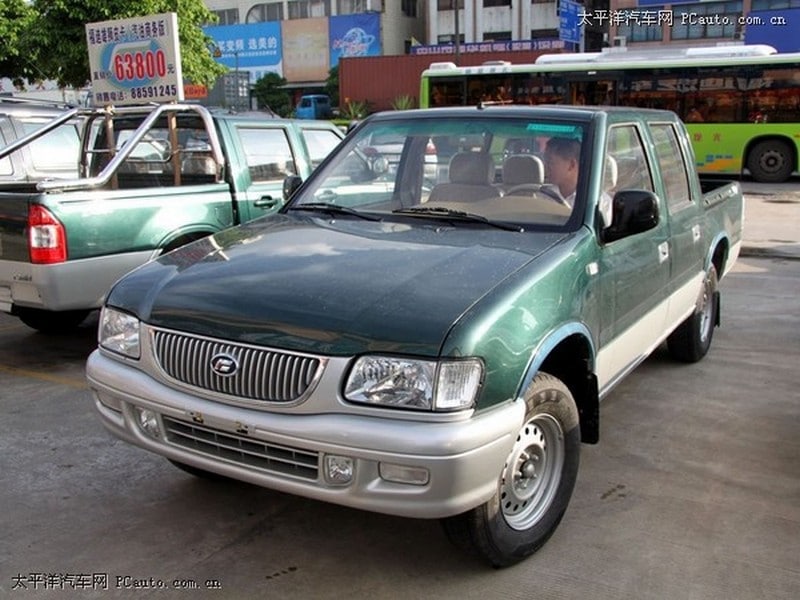
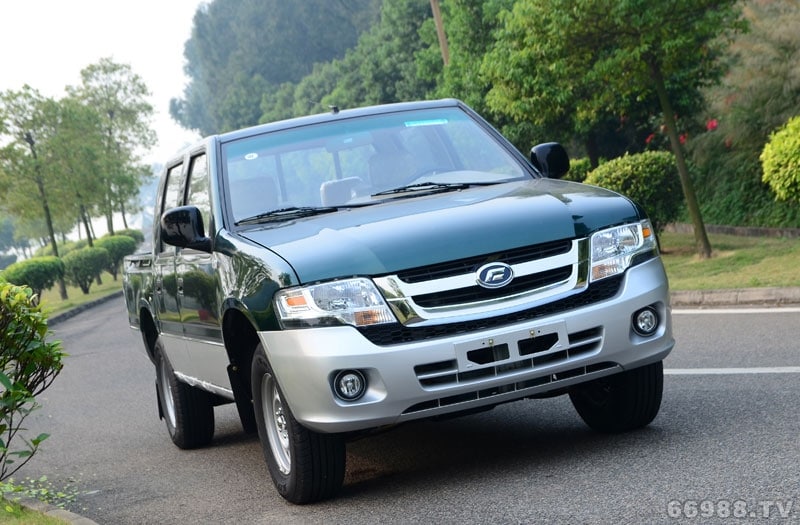
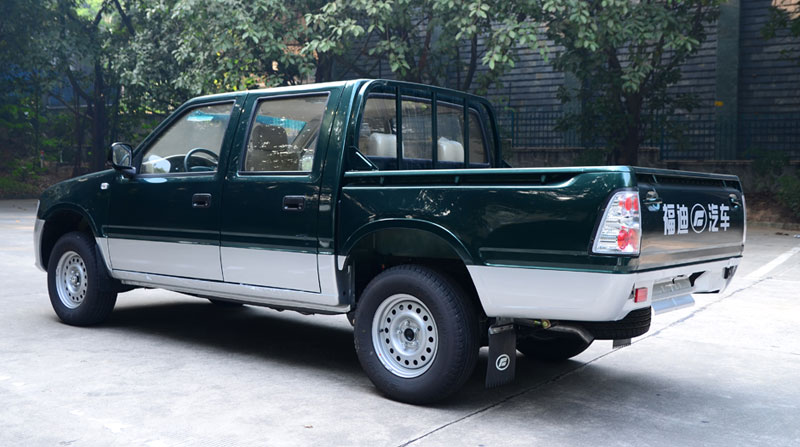
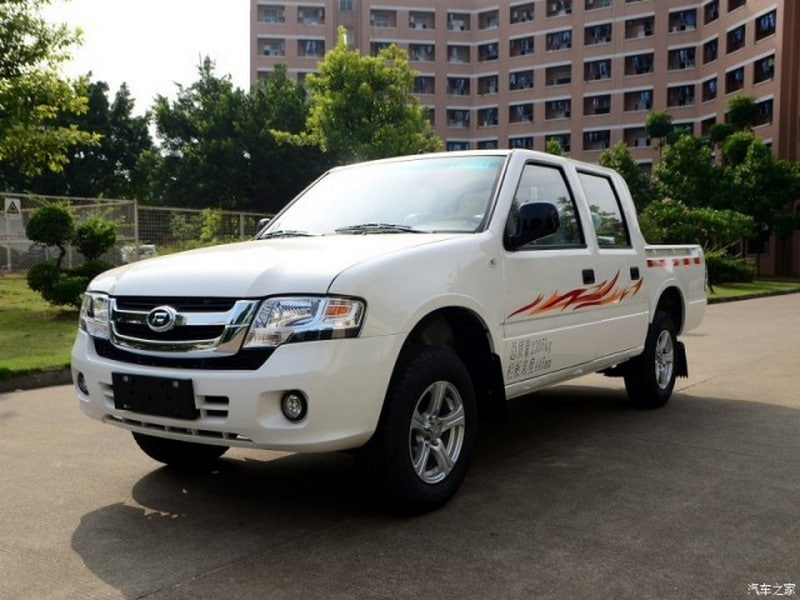
Now Foday has a sellable product. And selling it goes very well, I gave the numbers already at the top of this article. In 2001, Foday is still a local company that no one knows. However some high-ranking Communist Party officials inspect the factory late in the year. It’s a short message in national news, but enough to draw the attention of Wei Jianjun, who is the owner of Great Wall Motors. The company already makes pickups and outsources the bodies. Wei invites Ye Qing to Baoding, the men sit down and negotiate a supply deal. In 2003 Great Wall introduces the Sailing pickup with Foday body and the rest, as they say, is history.

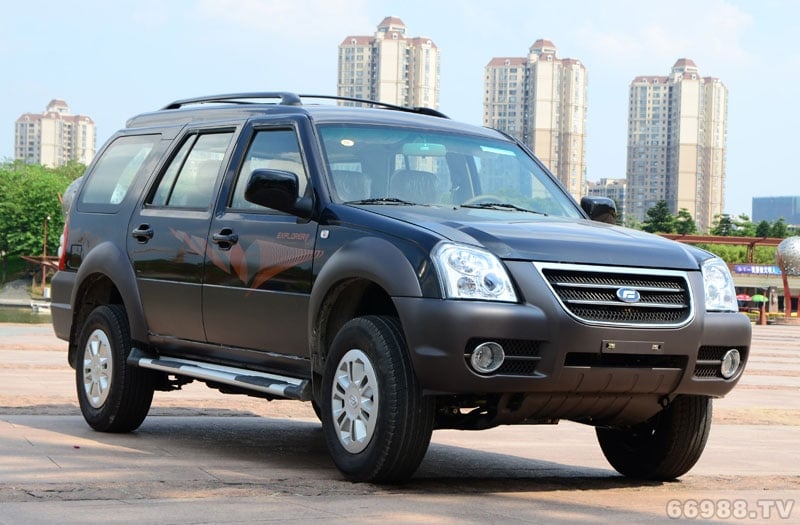

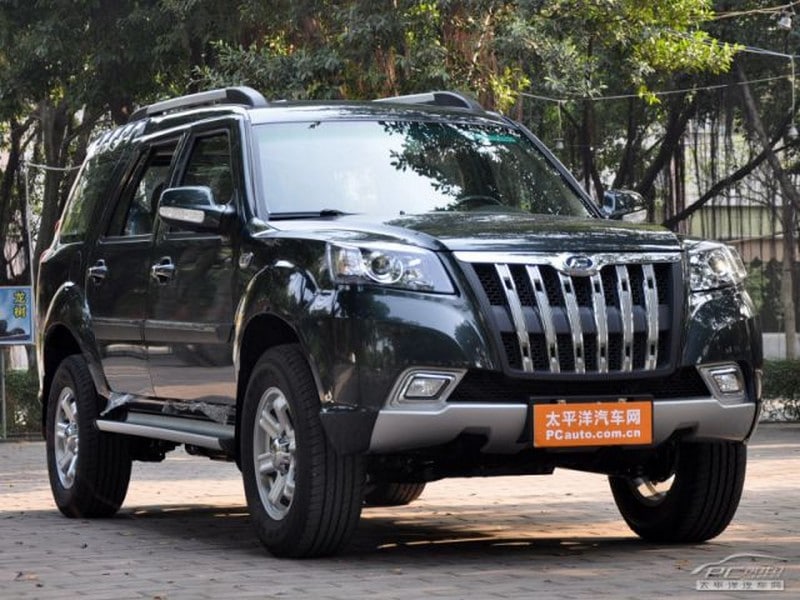
Foday doesn’t stop at the pickup however. Based on their set of molds, they create a stationwagen body, that can be used for SUVs. This SUV body is really profitable for the company: it only costs 10% more to manufacture than the pickup, but customers are charged a 50% uptake. Cheap and good SUV bodies are in short supply. And they derive several appearances from other Isuzu trucks. Foday’s customers sometimes update the body with their own grille or headlight design, but Foday will offer several styles to work from. The Isuzu i-series front end, not sold in China and better known as its American cousin Chevrolet Colorado, is an option and of course Foday also offers the appearance of Isuzu’s latest truck, the 1st generation D-Max.
The expansion phase
Do you remember that Nanjing Automobile once planned to assemble complete vehicles in the Nanhai factory? Although that never happened, the required facilities were realized and so Foday also becomes a car manufacturer in its own right. The pickup gets the name Little Supermen (Xiaochaoren), the SUV is named Explorer (Tansuozhe). Both cars are build on a Mitsubishi Pajero frame, a popular choice at the time, and use Xinchen Mitsubishi gasoline engines. Later BAIC Foton-built Isuzu diesel engines are an option as well.
Foday first relies on a dealer network. Although the Little Superman holds up well against the Great Wall Sailing, Foday suffers from low brand recognition. A brand awareness campaign in 2003 and 2004 doesn’t help much. So instead the company switches to direct sales in 2005. It sets up a branch in Shenzhen first and then expands all over the south of China. The new approach improves sales, but only in 2009 the brand crosses the 10.000 cars per year threshold. The number still pales in comparison to the number of bodies sold.
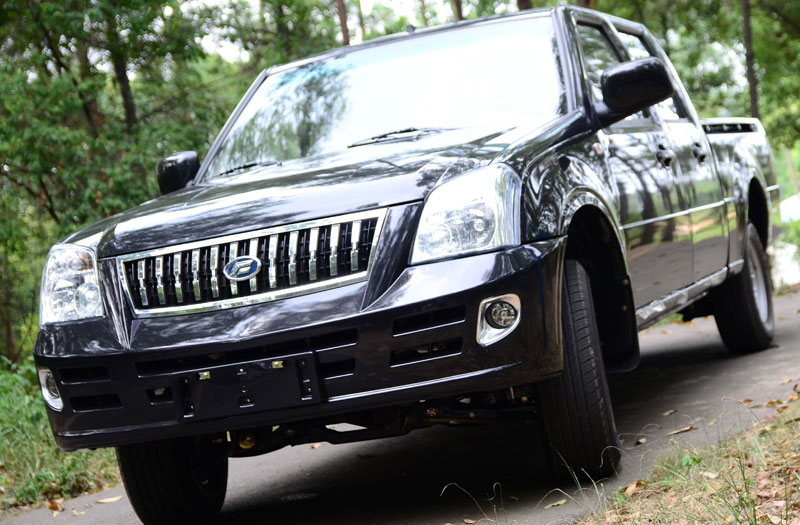
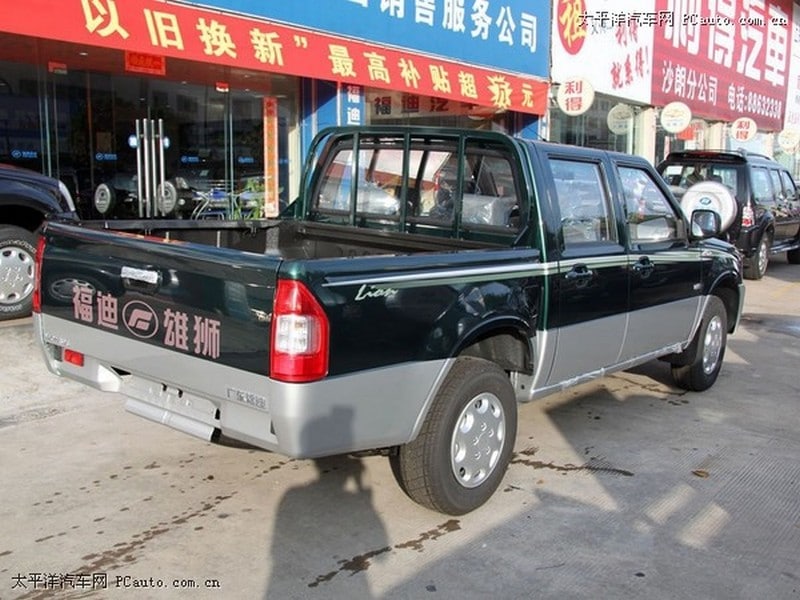
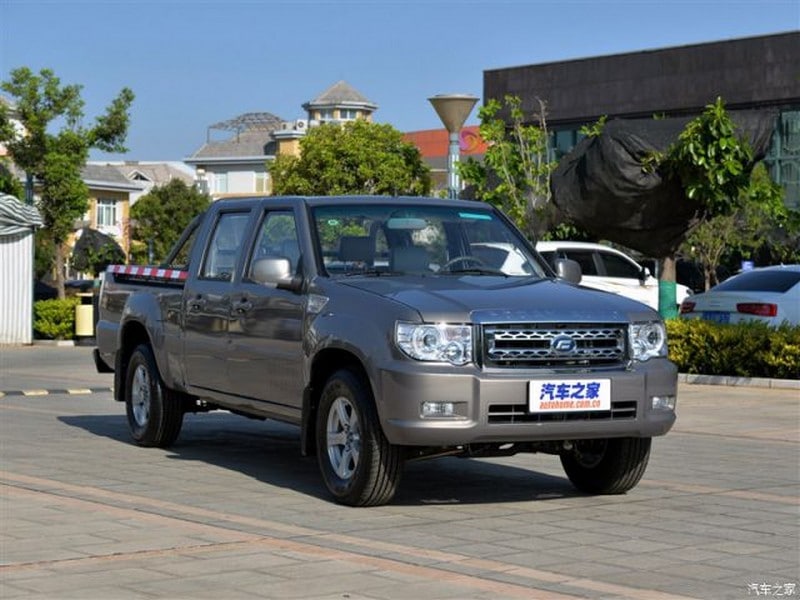
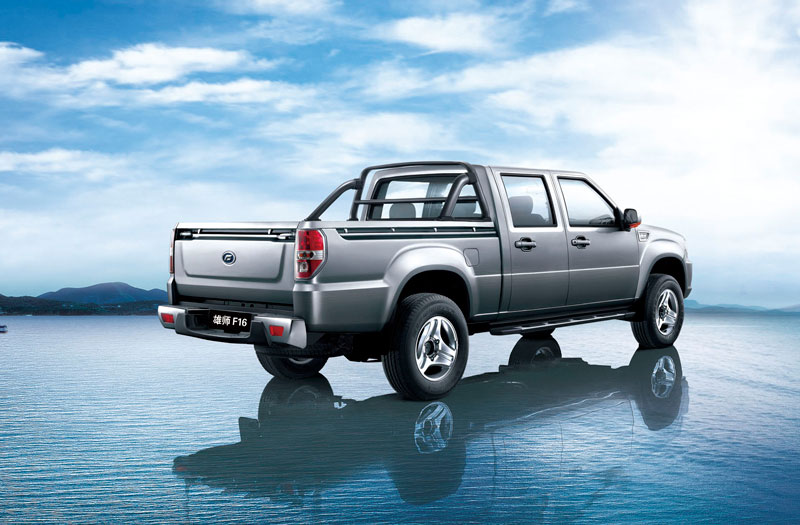
In 2003 Foday is out of the woods regarding its financial situation. Loss-making is long gone, the company now earns money by the millions. Ye looks to the future with great confidence and decides it’s time to upgrade the capacity. In fact, Foday starts construction of a whole new factory in September 2003 on a site in Shishan town. The plot of land is pretty much next to the BAIC Foton factory. In March 2005, the factory moves the last pieces of equipment from Guicheng to Shishan and Foday now has a modern factory, capable of producing 50.000 complete vehicles and 200.000 bodies each year.
On the product front, the Little Superman gets a brother in the Lion (Xiongshi) pickup. Technically the two cars are mostly similar, but the Little Superman has the TF-series body style, while the Lion mimics the newer D-max. Later on (in 2012) the Lion is heavily reworked and turned into the Lion F16. The Explorer SUV appears in a growing number of variations.
The F128 Project
After the completion of the new factory it is business as usual for a while. In 2008 and ’09 the global financial crisis hits the world and the car industry suffers. Foday isn’t much affected by the crisis, but it forces Ye Qing to take a long hard look at his business. He had noticed that some of the more successful of his customers have started designing truck bodies by themselves, to distinguish their brand from the competition. This isn’t necessarily a bad thing for Foday, they stamp bodies to order as well (probably even at a more lucrative margin), but is does mean the Foday-branded trucks and SUVs are quickly becoming old-fashioned and obsolete. The one body fits all strategy is not going to last forever.
It’s time for a new product. I’ve called Foday a copycat, because of the way they started their business, but this time they do all the work from scratch. In 2010, Foday commences with Project F128, the design of an entirely new pickup and SUV body. Since they’ve never done something like it before, it requires an unprecedented investment for the company, several 100 million RMB. The entire project takes four years. Designing, benchmarking against leading competitors and getting the tooling up to a high-quality level. In 2014 Foday is ready to show the world the fruit of its work.


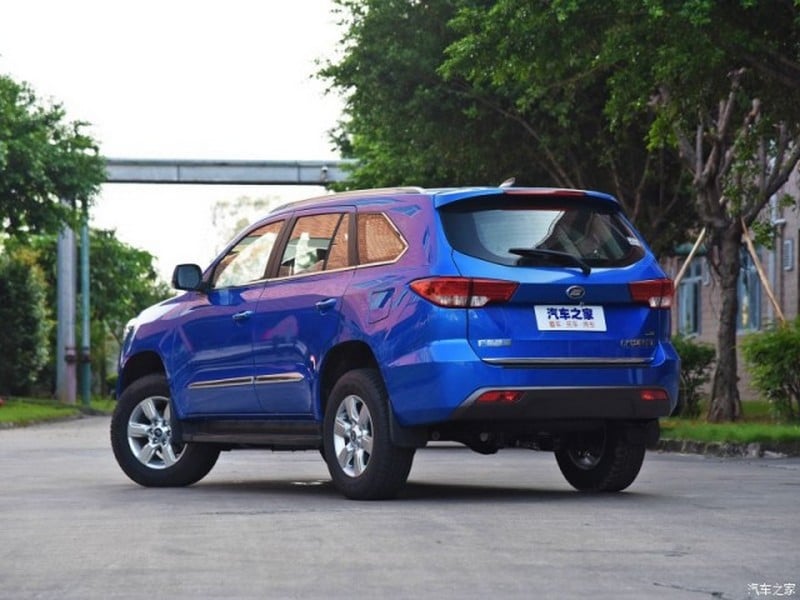
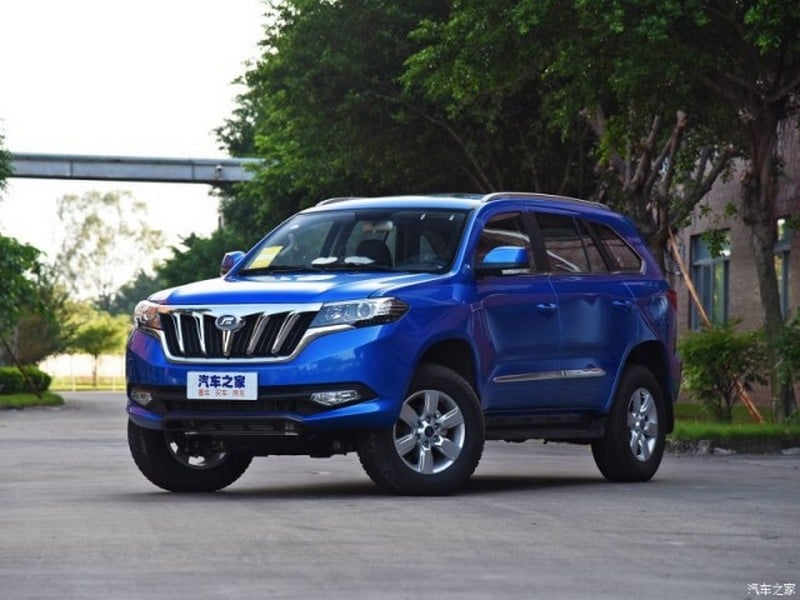
The F128 Project results in two products. In November 2014, first-born child Landfort (Lanfu) presents itself. This is a large SUV with modern styling, lots of space and excellent off-road capabilities. A month later the pickup on the same platform follows. It’s called Lion (Xiongshi) F22, placing it above the older Lion models.
The new cars sell well in regions where Foday is a known brand. In other regions, where its presence isn’t very well recognized, the elevated price of over RMB 100.000 is an hindrance. In 2015 Foday sells a total of 8.000 of the new cars, way below expectations. It isn’t helped as some of the regions where sales are strong, adopt the China V emission standards ahead of schedule. This takes Foday by surprise and they don’t have a compliant product to sell. Once the company has updated the engines, the central government announces the China VI emission standards.
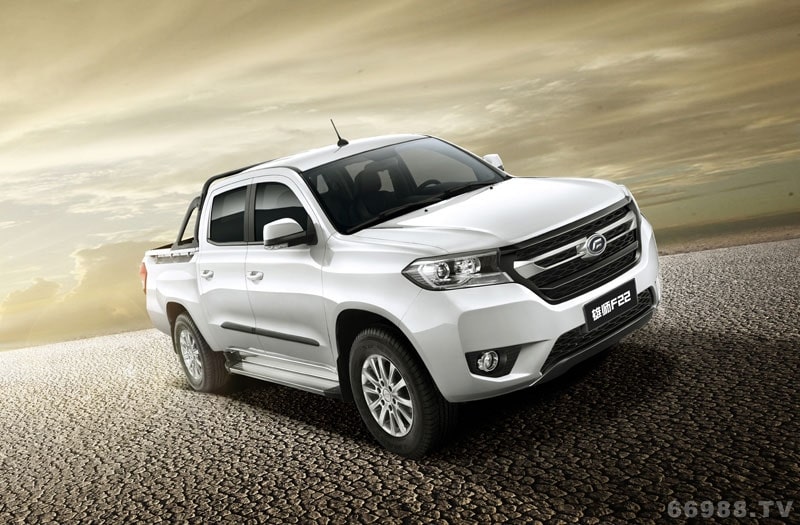
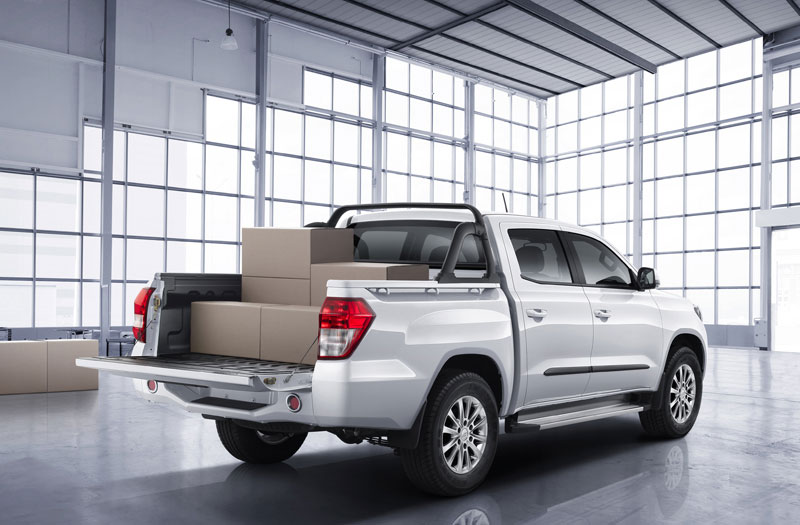
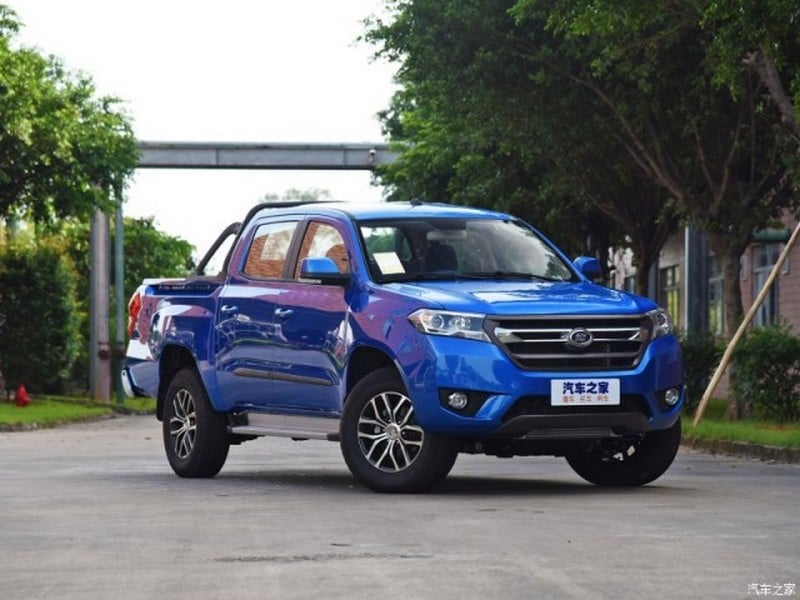
The large investment in the F128 Project plus the costs of the unforeseen engine updates are becoming a financial burden for the company. The profits from the still highly successful body stamping business no longer cover the losses from the new car sales. In 2017, Foday turns loss-making for the first time since 2000. It doesn’t help that Foday has a hard time selling the F128 bodies to third parties. In China only Dongfeng takes the bait. Its DFAC factory produces the cars as Yufeng S16 and P16. Overseas things are better. Foday-related trucks are made from Ghana to Indonesia, but this business is too small to relieve the financial pressure.
Xpeng to the rescue
The losses continued and deepened into 2018, up to the point where Foday’s continued existence becomes a question mark. But just as twenty years before, Ye Qing is not afraid to take a calculated risk. Foday applies for a New Energy Vehicle manufacturing license and it is granted. Does Ye want to move into electric pickups then? Well, not quite.
A production license cannot be traded between unrelated companies. It can be moved from parent company to subsidiary or vice versa. Ye notices that NEV startups are collecting vast amounts of money from investors and many of them need such a license. With the NEV permit in the pocket, Foday becomes an attractive partner for one of those startups.
This license trade is however not without its risks. The startups are primarily interested in getting their own new cars into production and the license is just a necessary tool. They don’t care much for the company they’re buying, or its history. Take Huali, Xiali and Landwind for instance, all car brands of certain fame. Their old owners stripped the companies clear of most assets, leaving only the production permit, some branding rights and sometimes a factory. The buyers (Byton, Bordrin and Aiways respectively) took the license and other assets they needed and then discarded the old car company to whoever had use for an empty shell company. Huali and Xiali are gone forever, Landwind is formally back in the hands of a local government, but it’s highly unlikely they will ever make cars again.
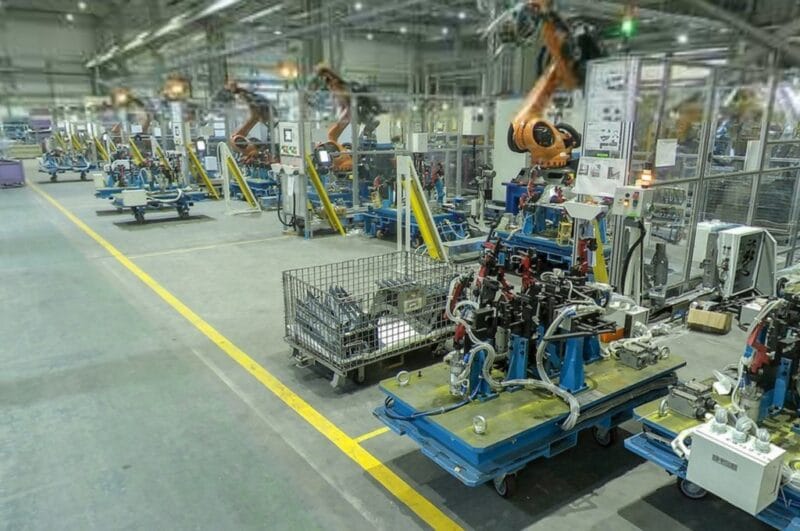
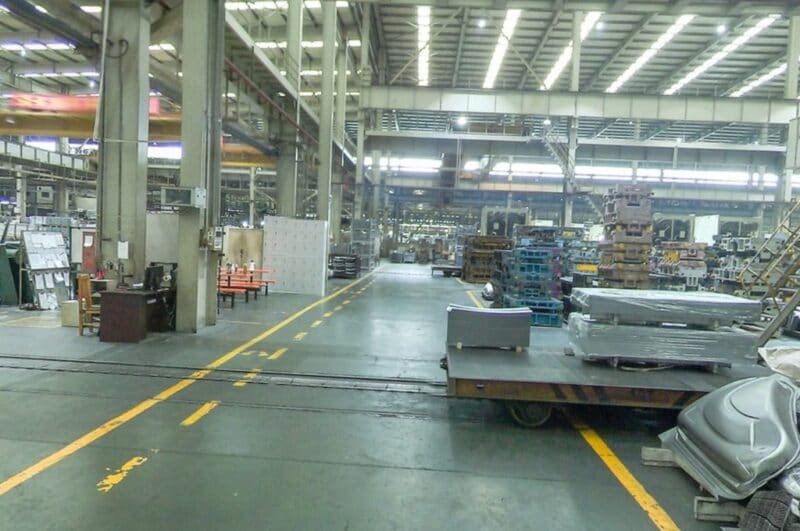
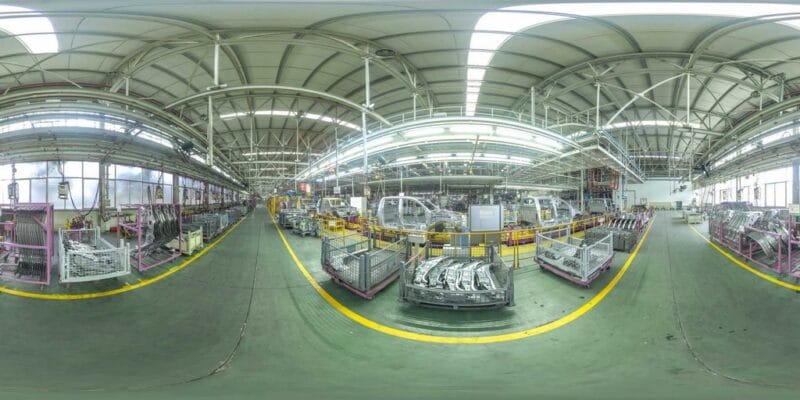
So Ye is skating on very thin ice when he is negotiating with six of these NEV startups in 2019, another loss-making year. One wrong decision can wipe out his entire legacy. But he keeps his cards close to his chest and he does have the benefit of multiple options. In March 2020, Ye decides that out these six companies, Xpeng is his best option.
Up till that moment, Xpeng relied on Haima Auto, a small, financially strapped car manufacturer, for the assembly of its cars. I have to admit that when the news broke that Xpeng wholly acquired Foday, one of my first thoughts was “to whom will they sell the body stamping business”. But I was wrong, that’s not what happened. Of course, Xpeng took the license, which allowed to the break the ties with Haima, but besides that they actually poured money into Foday as well.
The Nanhai factory got a big upgrade with more large presses and an additional 200 welding robots, increasing the production capacity above 500.000 car bodies per year. And Foday started construction of its second plant in Changsha. This factory is built to supply two customers specifically, the BYD factory in the same city and the BAIC factory in nearby Fuzhou. At the same time, Foday has given up on making its self-branded cars. During the course of 2020, Foday closed all of its sales offices. As a result of all these changes, the company returned to profit that year.
Too good to be true
So Xpeng is now a NEV startup and the largest independent body stamping plant of the country? Well, let’s say that Xpeng was just as interested in Foday as Byton was in Huali or Aiways in Landwind. The big difference is that He Xiaopeng didn’t bury a historic brand. Instead he adopted a viable company that was stuck in a difficult position, revived it and then took the production permit. Of course Xpeng didn’t need the distraction of Foday’s manufacturing business.
Just like the others, Xpeng sells the business once it has the production permit secured. The old Guangdong Foday Automobile and some of the defunct sales subsidiaries are sold as shell company (to a movie actor, as far as I can find). All the valuable assets of the old Foday are transferred to a new company called Guangdong Foday Auto Parts. In August 2020 Xpeng sells the new Foday back to Ye Qing and some of the other directors.
In the end it was a good deal for both companies, but maybe a little expensive for Xpeng. The startup bought Foday for over RMB 500 million and sold it back for a little under 20 million. But it got them the production permit and the freedom to grow. Foday no longer has the license to produce complete cars under its own brand, but is back at its core business. And it’s bigger than ever, with new customers added, that came in on the Xpeng relationship.
So it may sound too good to be true, but Ye Qing saved the company once again. Foday may not be a car manufacturer anymore, but 2021 was its most successful year in history.
Next week
We got the body, now we need a frame to put it on. The next article will highlight the Shuguang axle factory and its Huanghai pickup brand.

